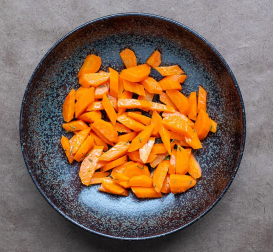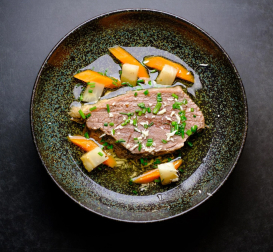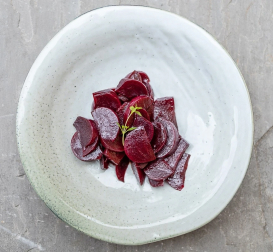Lobster
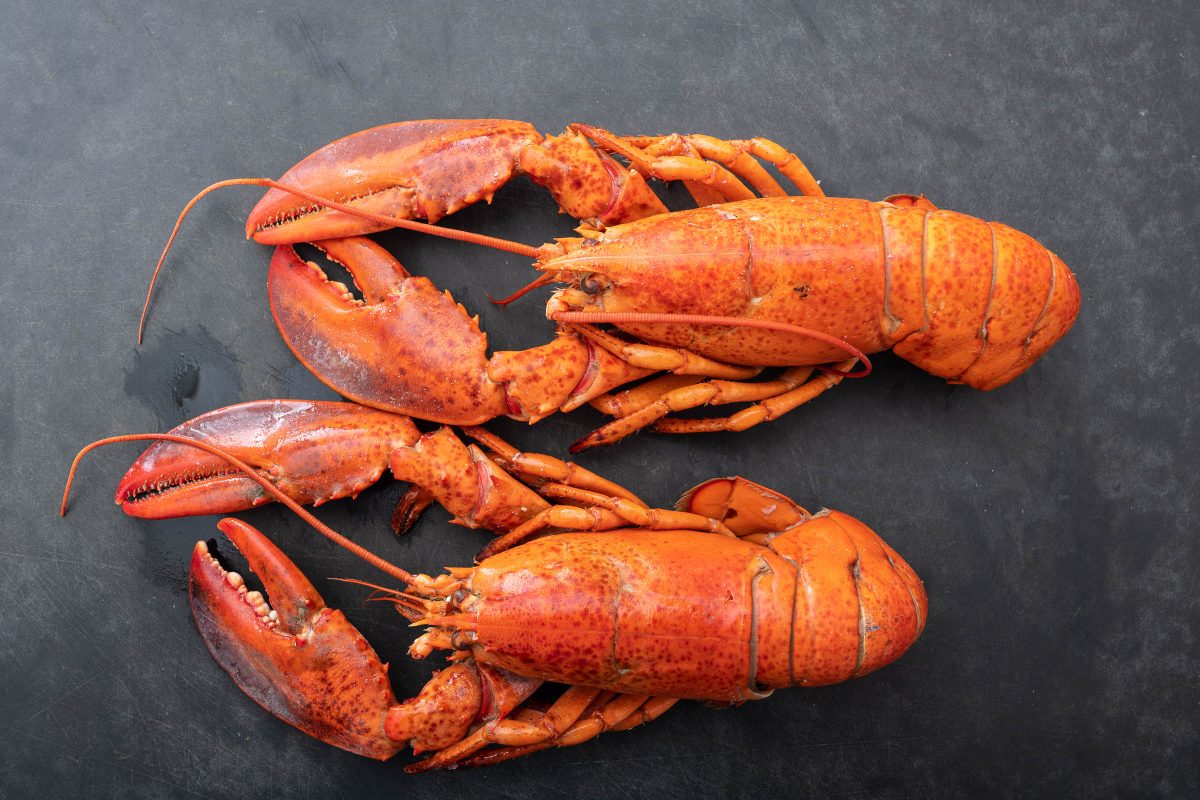
Author:
Thomas Sixt is a chef, food photographer, cookbook author and blogger.
Here he shares recipes, answers cooking questions and helps with cooking.
You can find the ➽ lobster recipe in this article.
Freshly prepared lobster is a luxurious and delicious dish.
You can prepare the released lobster claws and the lobster tail in the pan or on the grill.
Here you will find suitable tips and ideas for a simple luxury meal.
Have fun and good luck!
Table of Contents
1. Recipe Lobster
Here we go!
The following step-by-step instructions will be a good companion for you.
You can send me your cooking questions via the comment function.
Lobster
Cooked, grilled, prepared and photographed by chef Thomas Sixt
Easy instructions for preparing fresh lobster.

Ingredients
| 2 | Piece | Lobster |
| 1 | Bunch | Parsley |
| 2 | Piece | glove of garlic |
| primal salt | ||
| black pepper | ||
| Chili | ||
| 80 | ml | Olive oil |
Instruction
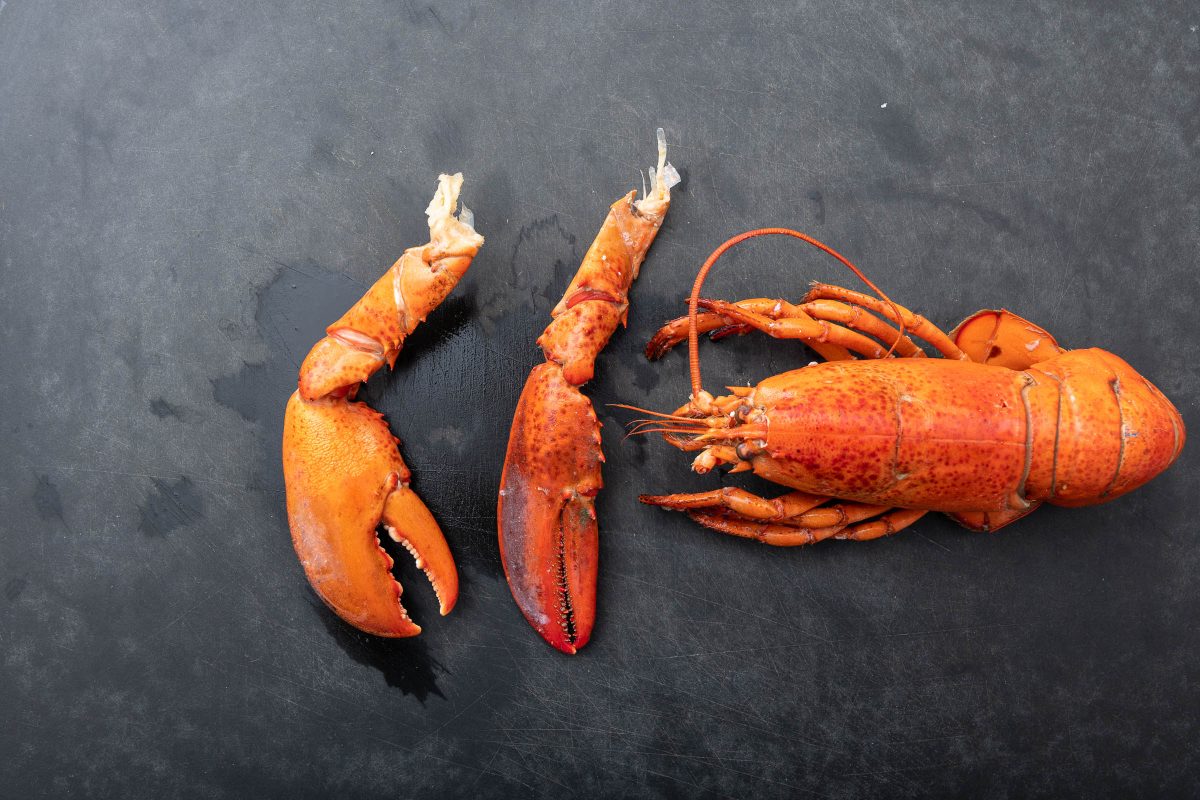
Cut up
Break off the lobster claws from the killed lobster.
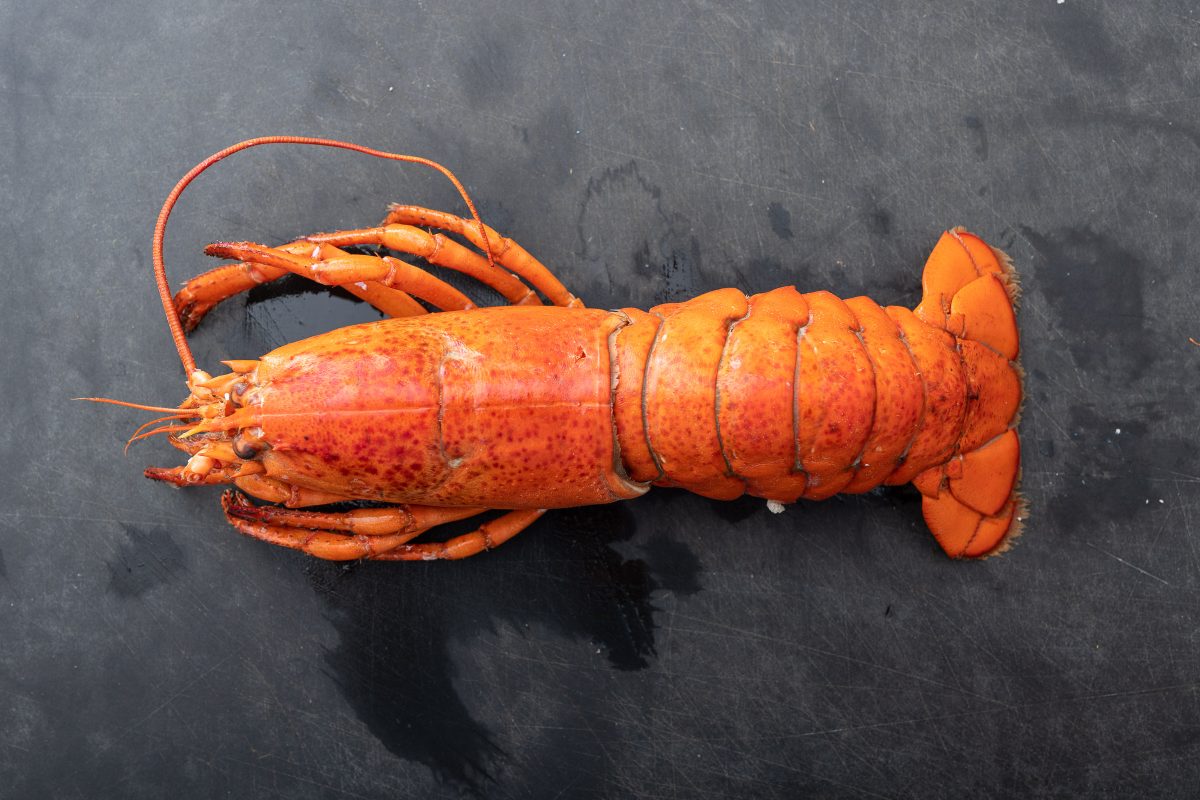
Lobster body
Lay out the lobster body on a sturdy board.
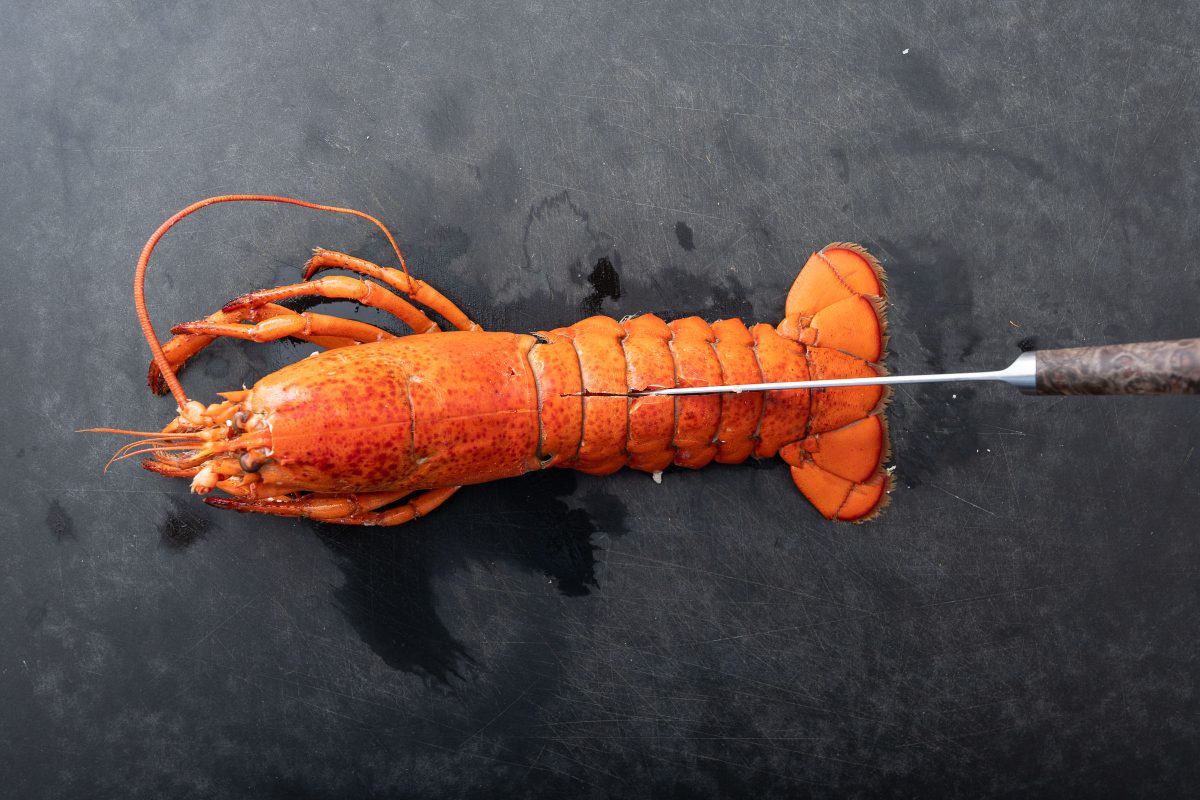
Halve lobster
Halve the lobster tail with the knife.
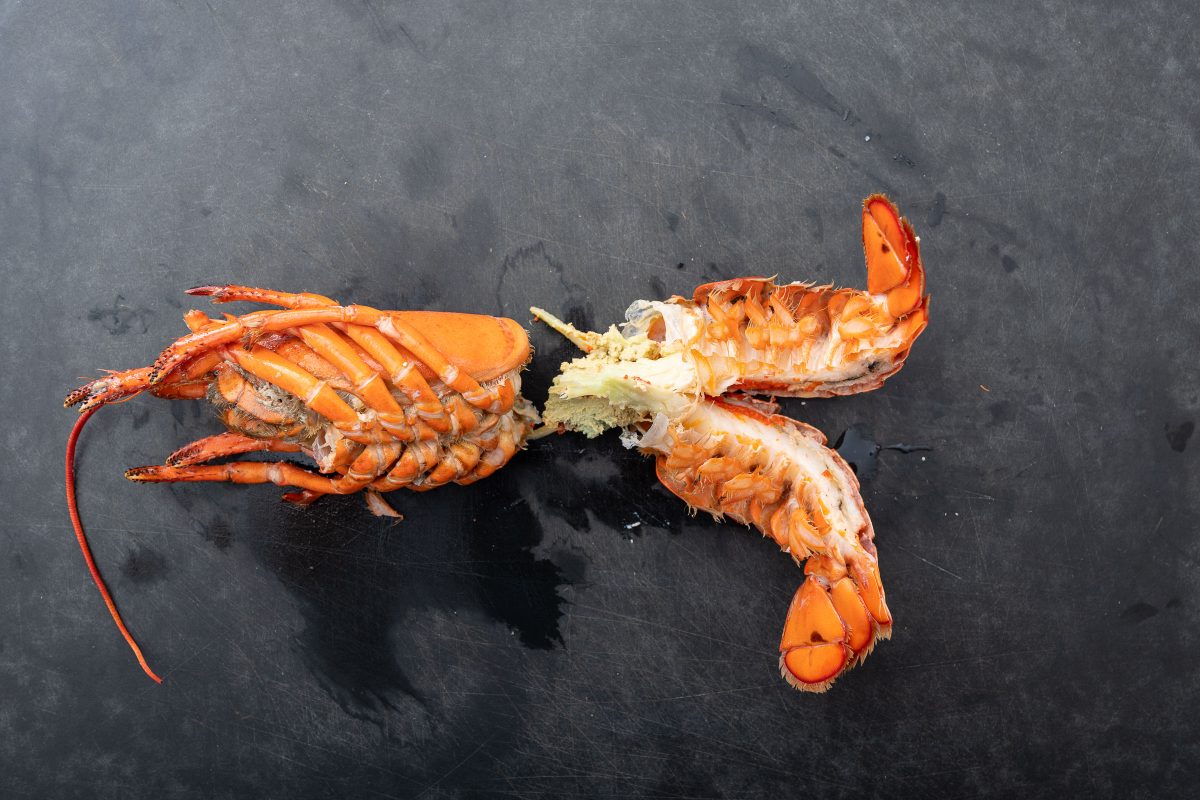
Cut lobster
Separate the halved lobster tail from the lobster head.
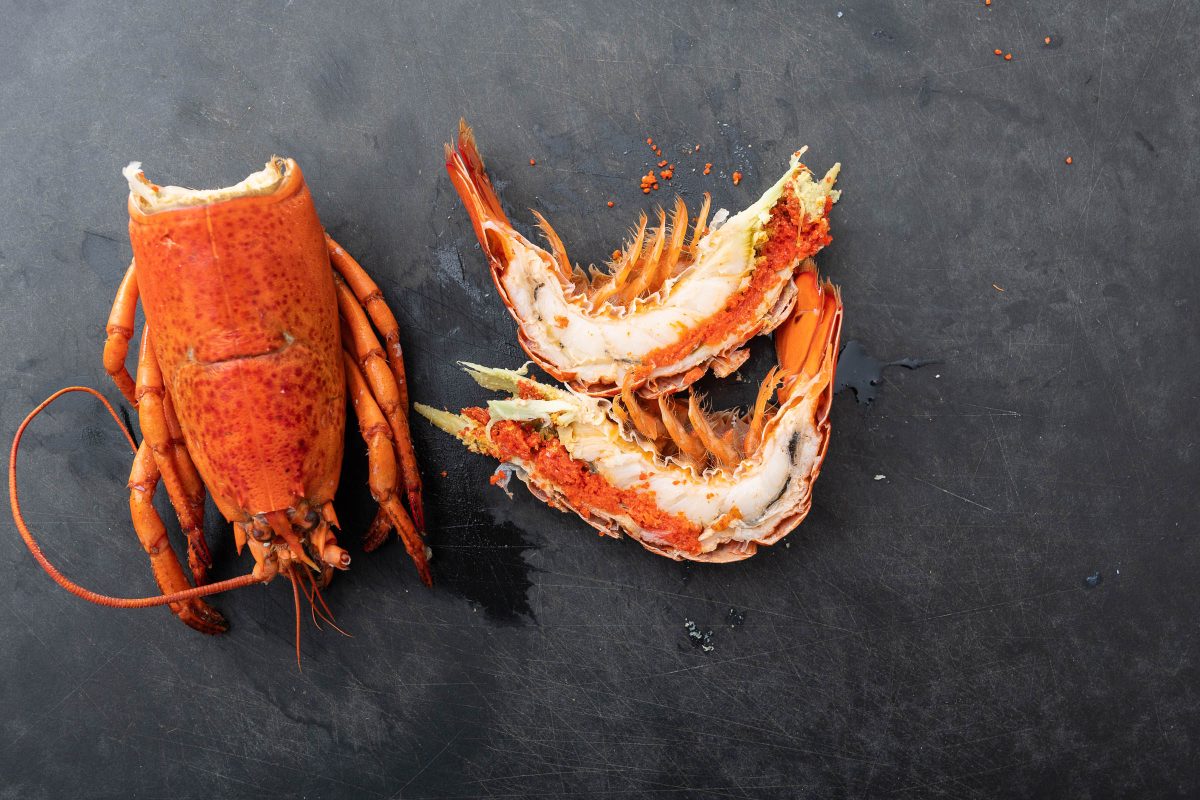
Lobster head
Place the lobster head in an extra pot and have the lobster tail ready on a plate.

Lobster claws
Prepare the lobster claws on a sturdy cutting board.
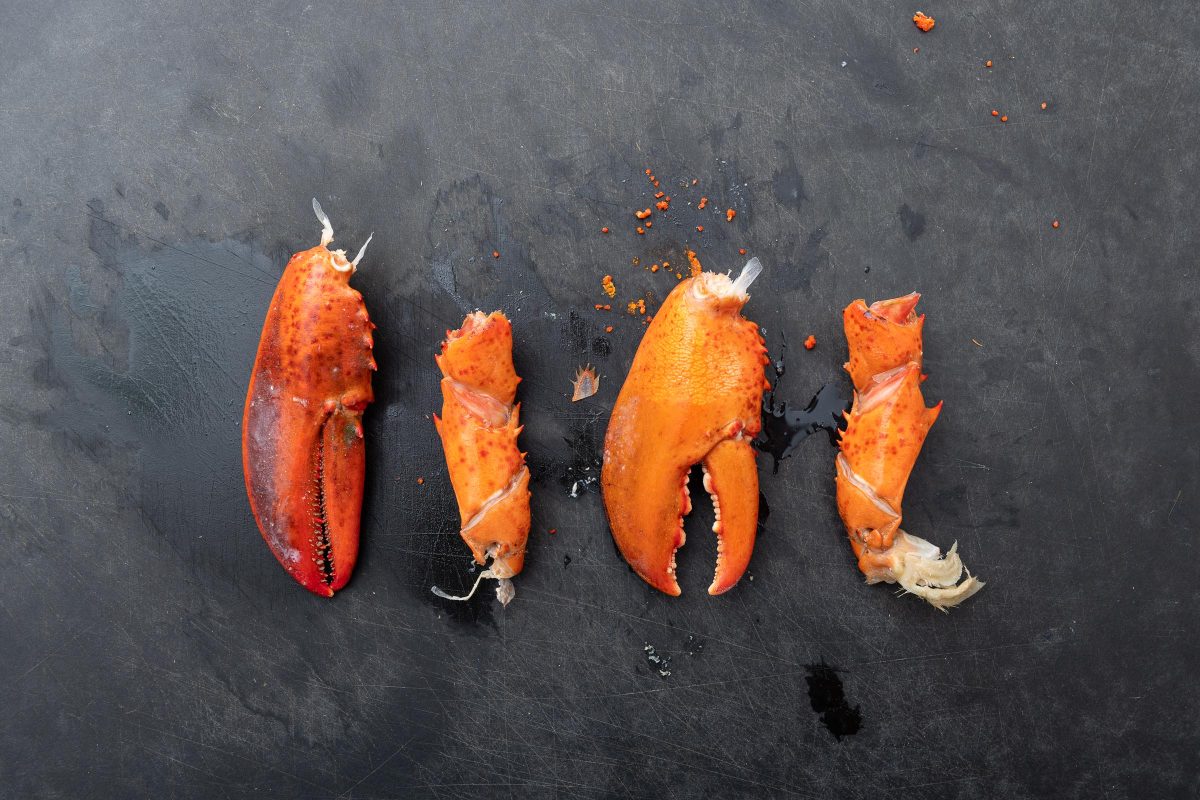
Cut claws
Break apart the two lobster claws in the middle at the joint.

Knocking claws
Pat the lobster claws open with a towel.
You can use a small saucepan or the back of a large knife.
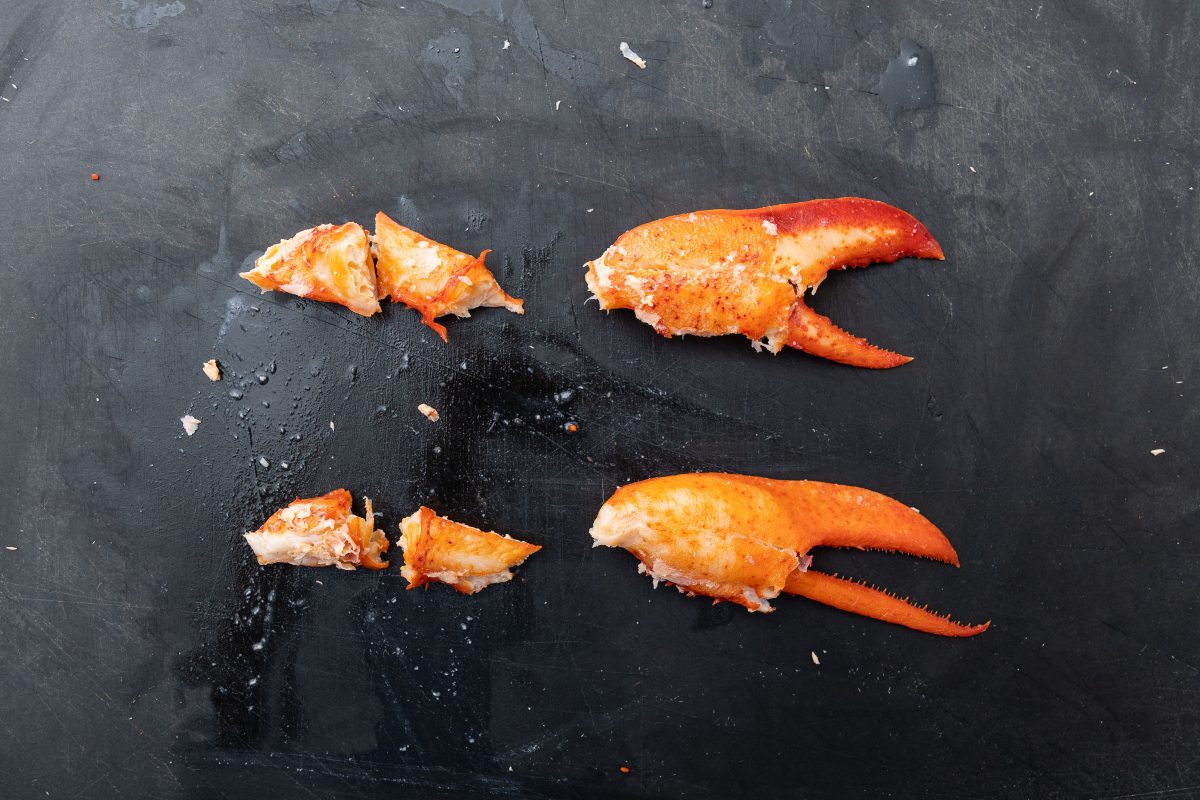
Trigger claws
Release the lobster claws from the lobster shell.
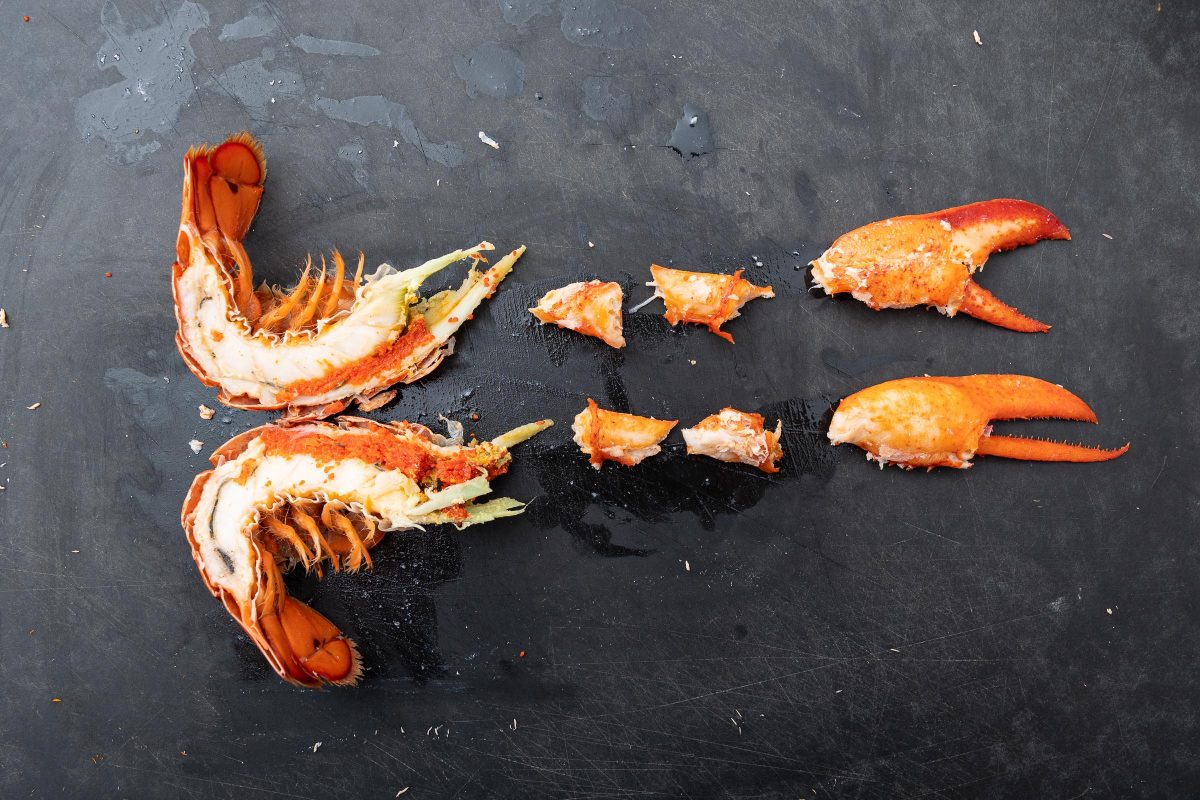
Provide lobster
Get the shelled lobster parts ready.
This photo shows the triggered lobster claws and the halved lobster tail in the shell.
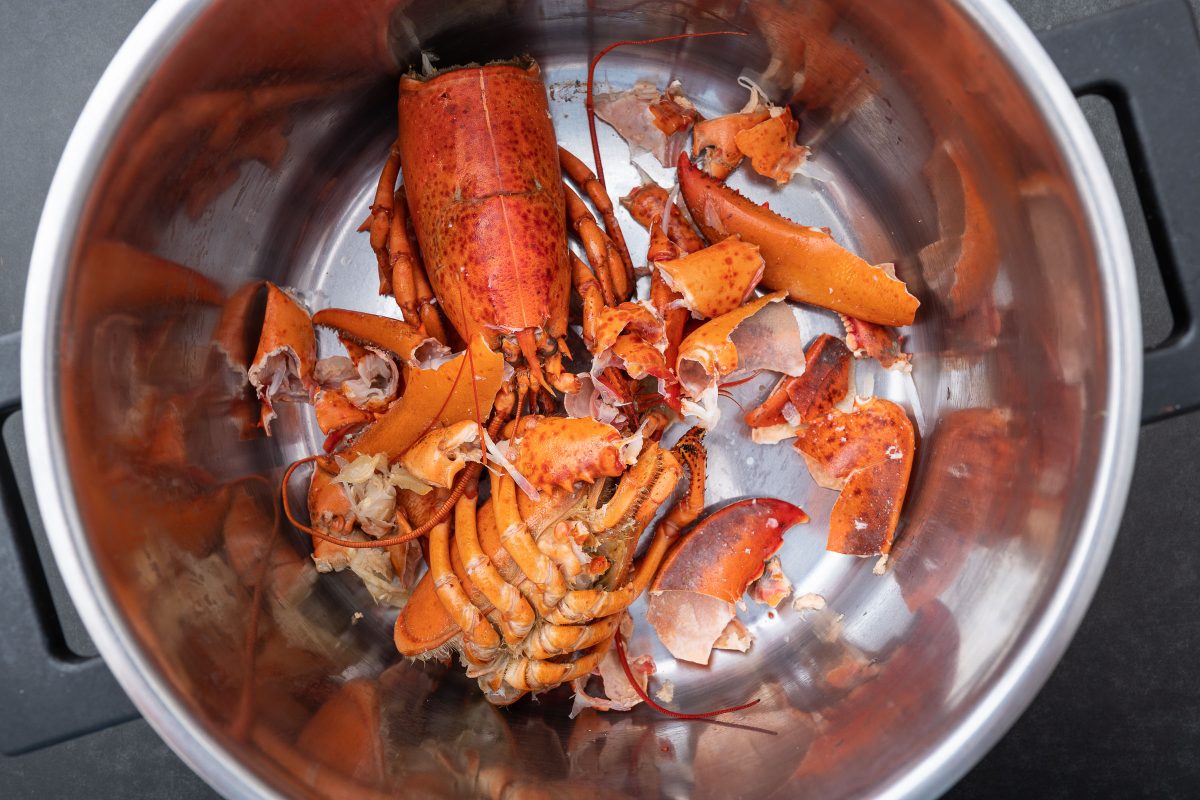
Carcasses
Place the lobster carcasses in a saucepan.
You can roast the carcasses with oil on the stove or roast them in the oven and boil them later.
This makes lobster stock.
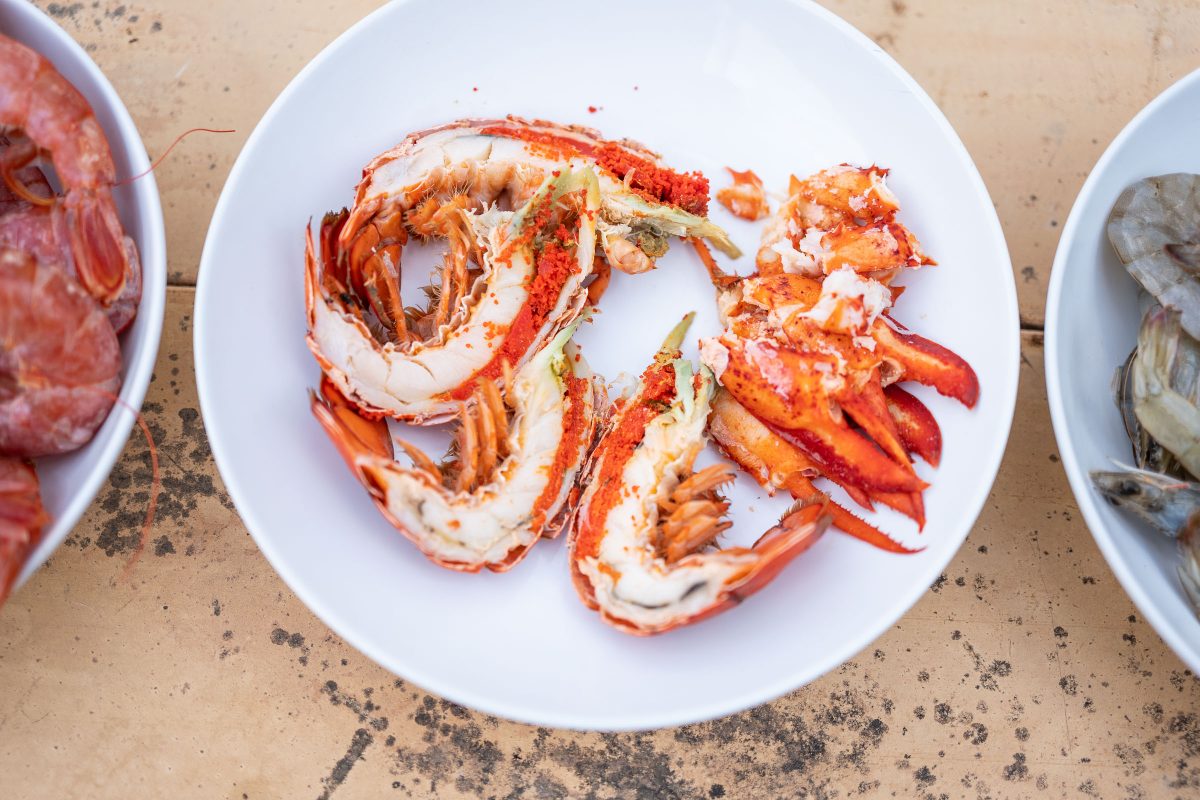
Provide lobster
Place the released lobster parts on a plate to fry.
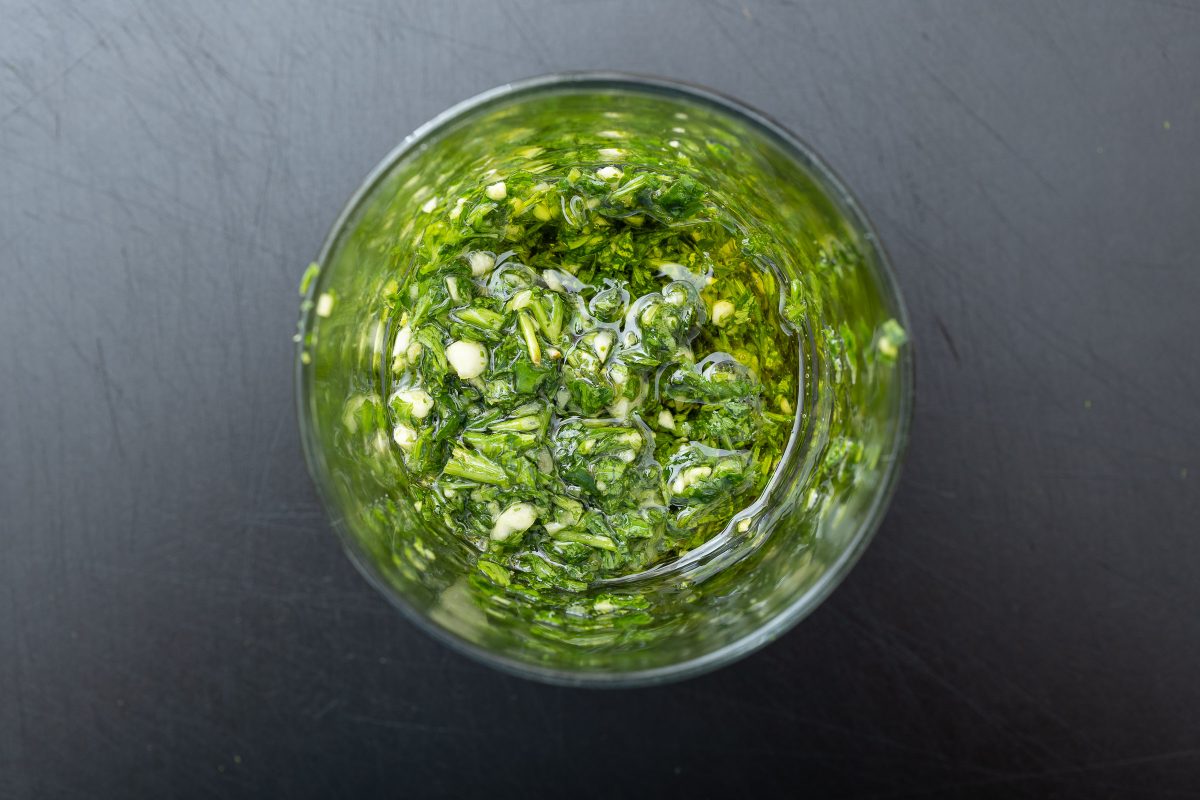
Prepare sauce
Wash and dry the parsley and pluck off the leaves.
Peel and finely chop the garlic cloves.
Mix the sauce ingredients with olive oil and season with salt and pepper.
Optionally add cayenne pepper or chili.
Prepare the sauce for serving.
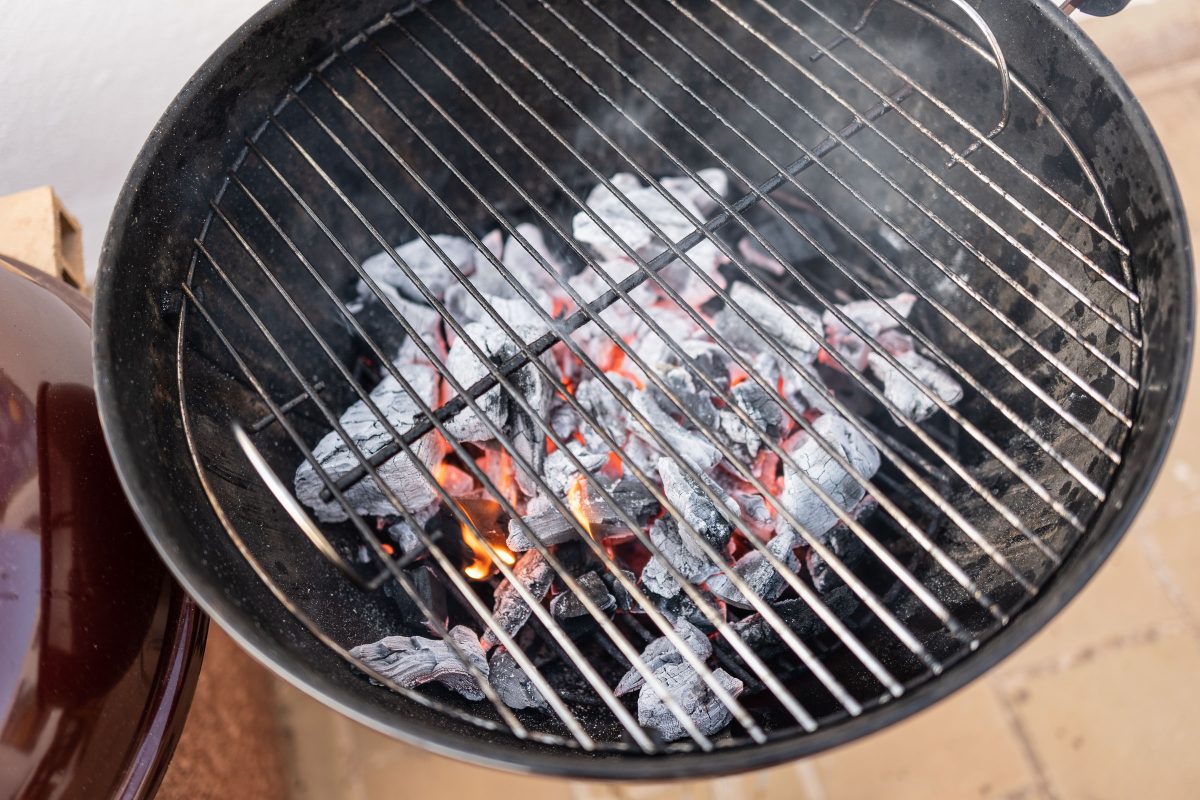
Preheat grill
Preheat the grill, you can find tips on how to do this in the article Preparing the grill for preparing lobster.
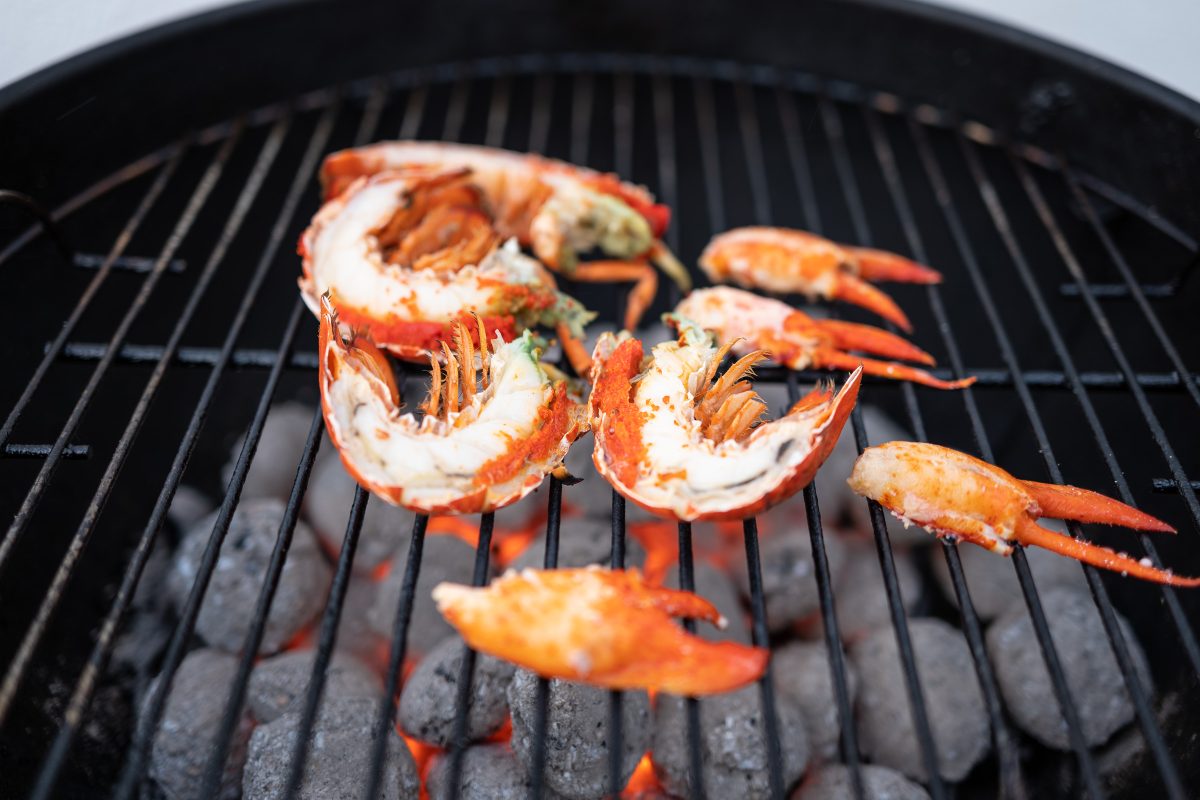
Grill lobster
Place the lobster on the hot grill grate.
You grill the lobster tails directly in the middle.
You grill the triggered lobster claws indirectly from the side,
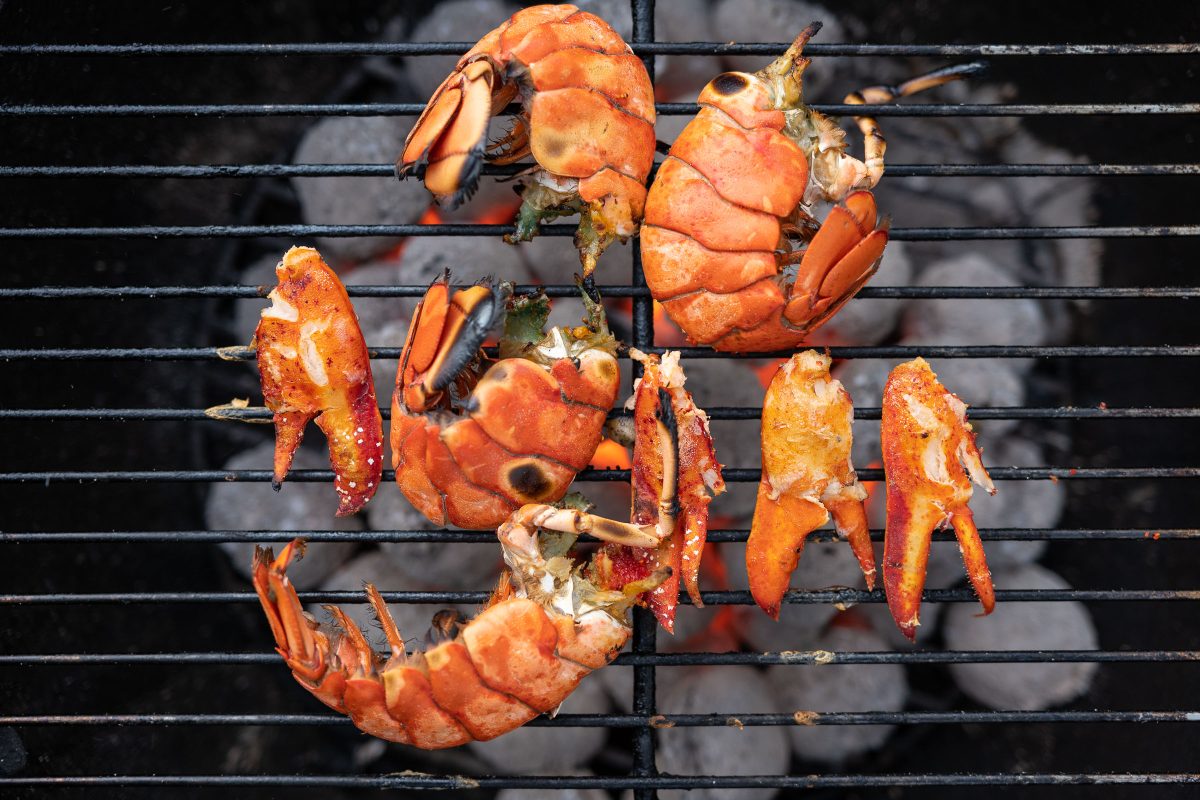
Turn lobster
Turn the lobster tails and lobster claws over.
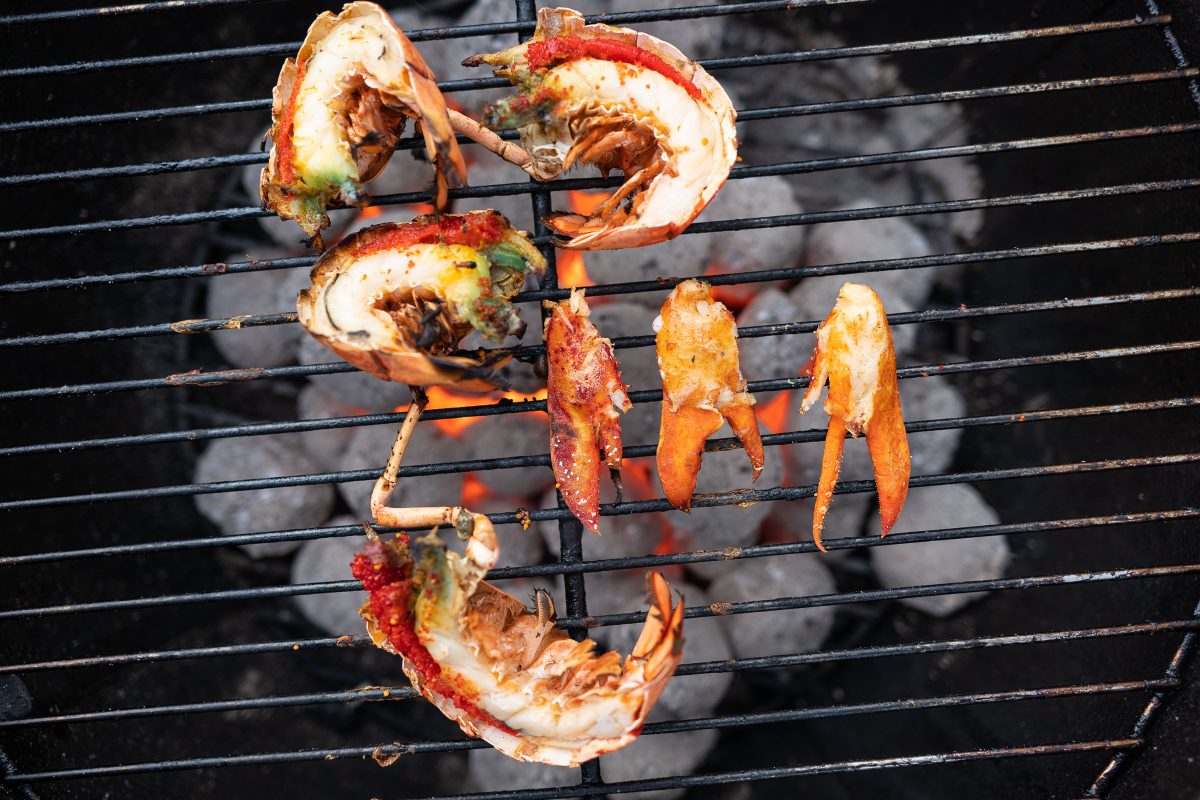
Lobster ready
brauner Butter verfeinern.
“>
After a few minutes turn the lobster pieces again and check the doneness.
You can also refine the lobster meat with brown butter .
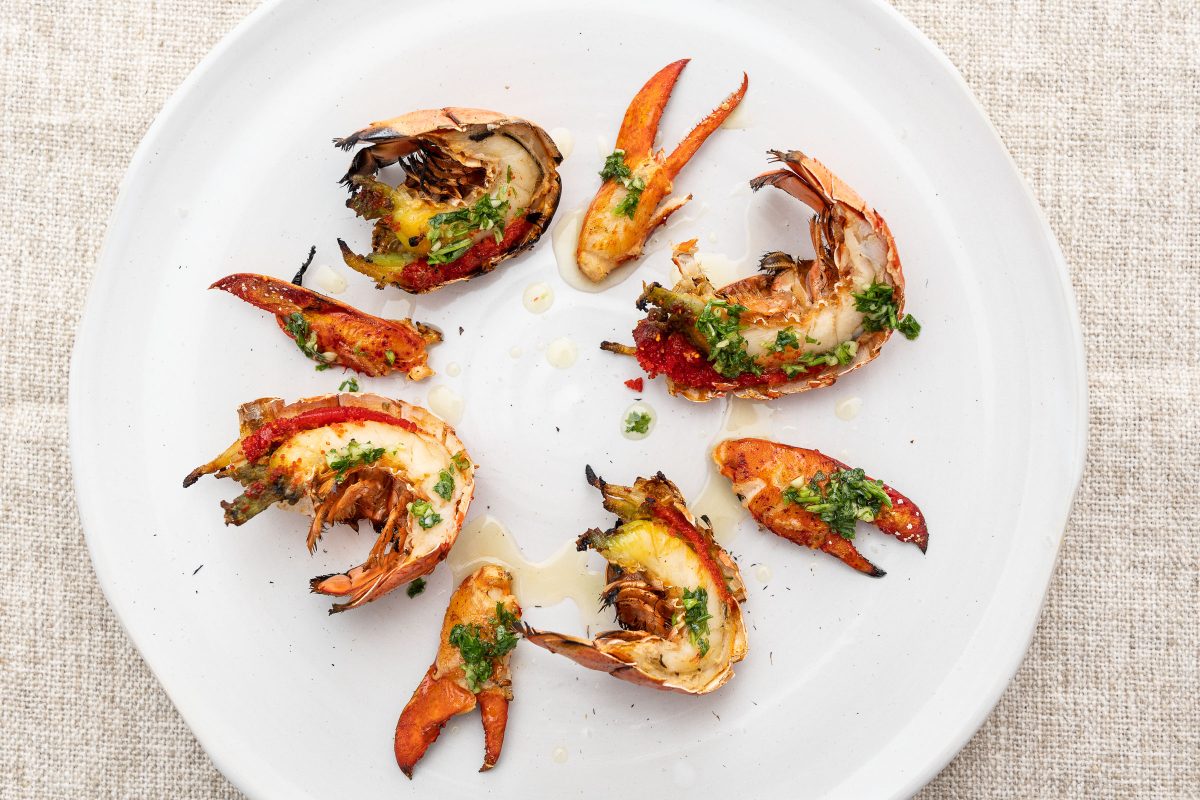
Serve lobster
Arrange the lobster pieces on plates and serve with sauces.
Bon appetit!
Video
Courses
Cousine
Keyword
2. Calories And Nutritional Values
You can find the lobster calories and nutritional values in the next table:
3. Tips For Lobster Shopping
You can buy live or already killed lobster.
Fresh, live lobsters used to be killed by quickly cutting the lobster body in half with a large knife.
Today, the live lobster is quickly placed in a pot of boiling water.
The pot with the boiling water should be large, the water must continue to boil after the live lobster has been put in it.
Ready-to-cook lobsters that are no longer alive can be processed directly.
Fresh, live lobster is gray in color; ready-to-cook lobster is red.


4. Grill Or Fry Lobster
You can fry the released lobster pieces in the pan or prepare them on the grill.
For the pan I recommend clarified butter or brown butter for the preparation.
Here I show you how to grill lobster, which can be done on the gas grill or the electric grill.
I like to prepare the lobster pieces on the charcoal grill.
The smoky flavor of the charcoal conjures up an extra flavor to the lobster.
For this variant you need white-hot coals.
The chimney starter, which ensures that the charcoal glows quickly, has proven its worth for lighting.
My charcoal is ready after 15 minutes and I tip the glowing charcoal from the chimney starter into the grill.
Here are some pictures from the barbecue adventure:



5. Serve Lobster With Lemon
Grilled and roasted lobster goes well with lemon.
We usually cut the lemon or lime in halves or in quarters or eighths.
Because the lobster is such a luxury, I recommend the lemon crown.
To do this, cut the ends of the lemon straight off.
Then cut out the lemon in a star shape all around the middle.
Use a small knife to zigzag around the lemon.
Then you can divide the lemon in half and remove the lemon seeds.
It looks really nice and looks great on the plate.
Don’t worry about this simple move:
A long time ago I made a video for preparing the lemon crown for my Wiener Schnitzel .
Please place the lemon on the cutting board when you cut it.
In my video I have to juggle the lemon and the headcam on my head 🙂 and couldn’t show it in the best possible way.
6. Sauces Tips For Lobsters
The lobster goes well with many classic sauces and it even tastes good with Asian ingredients.
I made a quick and easy sauce for the prepared lobster.
The sauce consists of fresh parsley, garlic, olive oil, salt and pepper.
The fried or grilled lobster tastes particularly delicious with a fresh baguette.
You can find more lobster side dish recommendations a little further down in the article



Here are some other good examples of lobster sauce combinations:
7. Side Dishes For Lobster
A variety of side dishes go well with lobster.
You will find some recommendations below:

➽ Prepare homemade pizza bread.
➽ Add olive oil, thyme, rosemary to the pizza bread.
➽ Fresh bread as a highlight with the lobster.

➽ Combine with sesame and sesame furikake .
➽ Goes well with Nuoc Mam Sauce and coriander.
➽ Lobster sushi as an option.

➽ Complete with steamed or roasted vegetables.
➽ Combine withsesame and Thai basil.
➽ Delicious with soy sauce, nuoc mam sauce and chili sauce.

➽ Combine lobster instead of shrimp.

➽ The Italian classic related to paella

➽ Mediterranean variant with marjoram or oregano

➽ Creamed potatoes go well with lobster.

➽ Combine lobster in place of the scallops.

➽ Gourmet risotto with lobster.
8. FAQ Prepare Lobster
I have summarized the most frequently asked questions about lobster in the kitchen and on the grill here.
What size of lobster is ideal for preparation?
Get a lobster in the size of about 30 cm.
How long does it take to grill the lobster?
Depending on the heat source, you can grill the lobster pieces for 3-6 minutes per side.
It is recommended to grill the lobster claws indirectly, next to the heat source.
How can I tell that the charcoal is ready to put on the lobster pieces?
The barbecue charcoal should look white and glowing.
Why should I let the grill grate get hot before I put the lobster pieces on?
Only on the heated grill the lobster pieces succeed well.
How can I prepare lobster in the pan?
Fry the deveined lobster pieces in a well heated pan with clarified butter or oil.
How to refine lobster in the pan?
Fry the lobster pieces with heat-resistant sunflower oil or canola oil.
Add thyme and peeled garlic cloves. At the end, add butter at reduced heat and pour the foamed butter over the lobster.
Optionally, you can also use clarified butter or brown butter for frying.
How to kill live lobster?
Use a 10 liter pot with boiling water. The water must boil vigorously.
Quickly add the lobster to the boiling water and cook briefly with the lid on.
9. Lobster Wiki
The lobsters, which belong to the lobster family (Nephropidae), are a genus of decapods (Decapoda) that live in the seas.
There are currently only two species in this genus:
–> American lobster
and
–> European lobster .
Happen:
The American lobster is a native of the waters that stretch along the east coast of North America from the Canadian province of Labrador in the north to the US state of North Carolina in the south.
In the Nordic region, this species has been a known neozoan (invasive species) since 1999 and has been discovered in the waters of the North Sea coasts of Sweden, Denmark and Norway.
It is believed that these animals were introduced to the region by humans.
In contrast, the European lobster has its distribution area on the shelf of the European Atlantic coast, in the North Sea, in the Mediterranean Sea and in the western Black Sea.
Its range extends from Lofoten in the north to Morocco in the south, the Azores in the west and Israel in the east.
However, it is not native to the Baltic Sea and cannot be found there.
Identifying Features:
Lobsters typically reach an impressive body length of 30 to 64 centimeters and weigh between 1 and 6 kilograms.
While their growth is not endless, it slows down with age.
In gastronomy, sizes of 30-40 cm are usually preferred.
The largest European lobster ever caught was 1.26 meters long and weighed 9.3 kilograms – its snapping claw alone weighed 1.2 kilograms.
The American lobster even holds the record with a weight of an unbelievable 20.1 kilograms.
The color of lobsters can vary from rich blue to deep purple depending on their diet and the color of the rocks in their habitat.
Yellow coloring and albinism are rare. Your flank area is usually yellowish to brown with darker, often reddish speckles.
On their first pair of legs, the pereiopods I, the lobsters have clearly differently shaped end members, which are called pincers or chelae.
These consist of either strong knot or K scissors or slim cutting or Z scissors with fine teeth inside.
In larger groups, both species of scissors can appear in a nearly 50:50 ratio on both the left and right.
The scissor palm is always less than twice as long as the scissor finger (dactylus).
While the second and third pair of legs also have scissors, they are much smaller and more symmetrical.
Legs IV and V, on the other hand, do not end in scissors. All scissors are smooth and hairless.
The male lobsters are usually larger than the females and their claws are relatively longer.
In females, on the other hand, the abdomen is wider and the first pair of swimming legs (pleopods) is soft and pliable, in contrast to the induration in males.
Compared to other lobster species, the two lobster species have a very smooth exoskeleton.
The carapace shows rather inconspicuous depressions and ridges and the individual segments of the abdomen are uniformly smooth and flat.
Apart from a few tips, the claws are always smooth and hairless.
Grandfathering :
In order to ensure the continued existence of the lobster population, there are regionally different minimum lengths that the caught animals must not fall below.
For example, in Massachusetts, a carapace length of at least 3¼ inches (about 8 cm) is required, while in Schleswig-Holstein the minimum length including rostrum is 11 cm.
The catch of the American lobster was 100,000 t in 2009, while the European lobster had a significantly lower catch of about 4,500 t.
Despite these high catches, the populations of both species are considered stable or even increasing.
Catch and Processing :
In the culinary world, lobsters are a coveted delicacy that is fished in a strictly regulated manner.
The catching method is usually using traps, so-called lobster pots, which allow the animals to enter, but not the exit due to the construction.
To avoid cannibalism, the lobsters’ claws are tied together after the catch and they are transported to the consumer in small polystyrene containers.
In Germany, the killing of lobsters is regulated by the Ordinance for the Protection of Animals in Connection with Slaughter or Killing (TierSchlV).
Crustaceans must be killed in vigorously boiling water that completely covers the body and continues to boil vigorously once added, or after electrical stunning.
In Germany, live crustaceans may only be transported in water or on a temporarily damp surface.
This practice and the type and duration of the transport have been criticized by animal rights activists.
According to a publication by the European Food Safety Authority (EFSA), cooking live lobsters is likely to cause them pain and suffering, as is piercing them.
Prepare Lobster:
One way to kill a lobster is to dissect the live animal.
The head section is divided lengthwise with a targeted cut from above before the lobster is divided further.
Although this method is banned in Germany, it is often used in classic French cuisine, in Scandinavian countries and in Asia.
In Scandinavia, this method is even the only option, since cooking live animals has been banned in Denmark since 2022.
The resulting raw lobster meat can then be prepared in ways other than cooking.
In Switzerland in 2018, a Federal Council decree introduced the obligation to stun crawfish, which is also intended to protect these animals from being immersed in boiling water.
As a result, it is no longer permitted in gastronomy to prepare lobster without anesthetic.
In addition, they are no longer allowed to be transported directly on ice or in ice water.
Aquatic species must also be kept in their natural environment.
However, an import ban was rejected by the National Council.
Famous Dishes With Lobster:
There are numerous ways to prepare the lobster, the following dishes are particularly well known:
In homard à l’armoricaine , also known as lobster Breton-style , after cooking, the lobster is cut up and seared in a pan.
It is then steamed with tomato pieces and spices, seasoned and served.
The second variant, Homard à l’américaine or American-style lobster , is also dismembered but not shelled.
The lobster is then cooked with tomato paste and spices and deglazed with wine or other alcohol.
The third variant, Homard Thermidor is a delicacy dish of French cuisine.
The lobster, cooked and halved, is topped with hollandaise sauce or béarnaise sauce and gratinated with or without cheese before serving.
10. More Fish Recipes
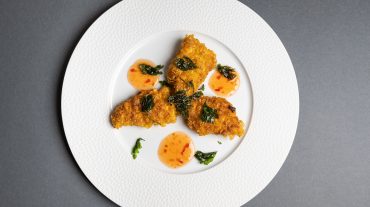
Fish and Chips New Experience: Recipe From Chef Thomas Sixt
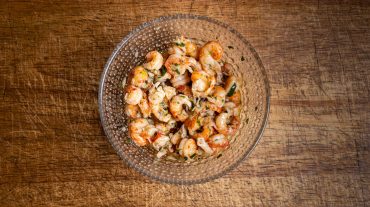
Crayfish
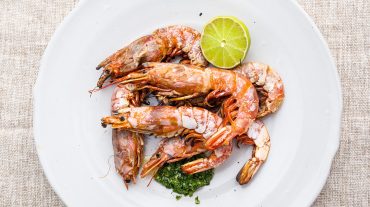
Grill Shrimp
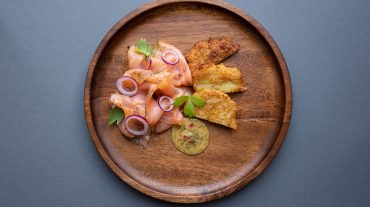
Potato Pancakes With Salmon
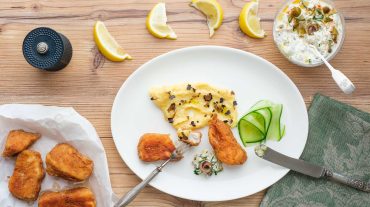
Fish Sticks Recipe

German Fish Sandwich Recipe “Bremer”
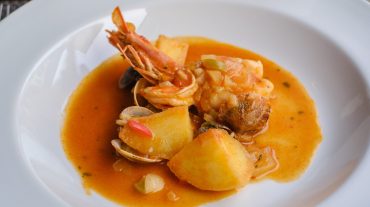
Cataplana Recipe from the EsquiNa Restaurant in Burgau, Portugal
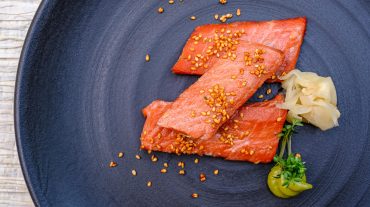
Salmon Smoking Made Simple, Recipe for an Exciting Taste Experience
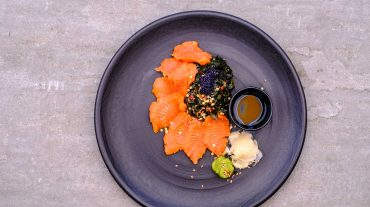
Prepare Sashimi Yourself
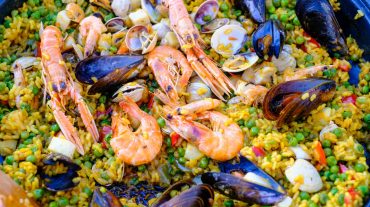
Preparing Paella Pan in a successful Way
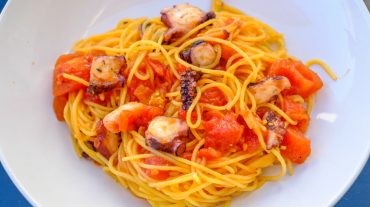
Spaghetti with Pulpo, cooked quickly
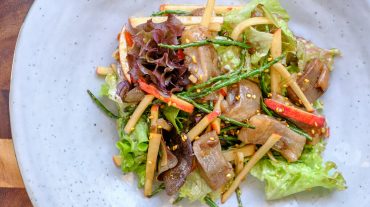
Matjes Salad with Sea Asparagus and Apple
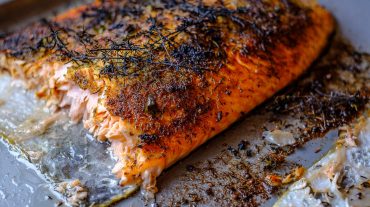
Salmon Grilling – Recipe with Step by Step Instructions
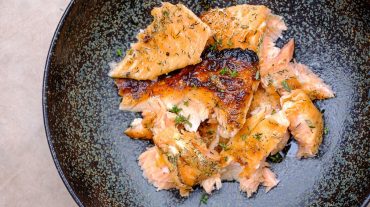
Campfire Flame Grilled Salmon Recipe with Step by Step Instructions
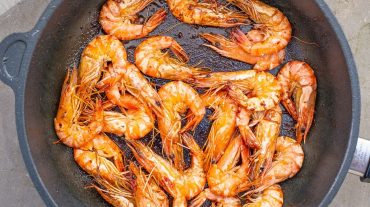
Prawn Pan
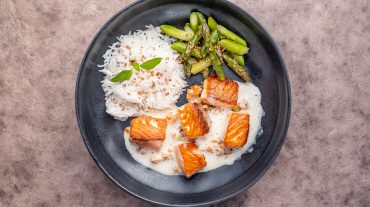
Salmon Cream Sauce, a simple Recipe for Gourmets

Hamburger Pannfisch (Pan Fish) Recipe
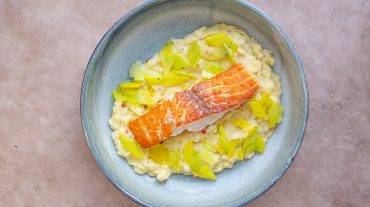
Pan Fish with Parsnip Puree Recipe
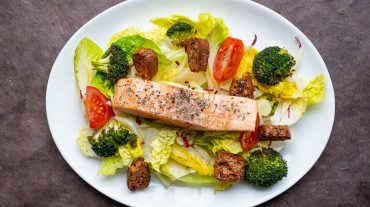
Summer Salad 3 Variations Recipe
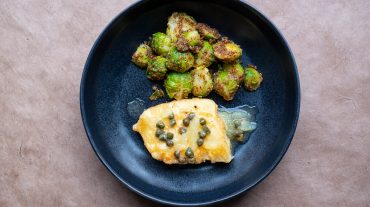
Fried Halibut Recipe in an Egg Coating
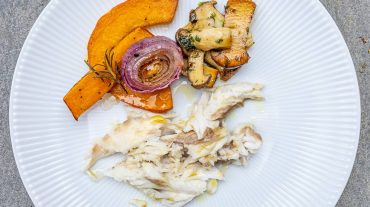
Preparing Fish in a Salt Crust – Recipes Ideas and Tips from Star Chefs
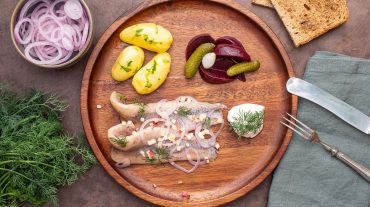
Matjes Pickled Herring Housewives Style Recipe

Matjes Pickled Herring Recipe with Beet and Apple
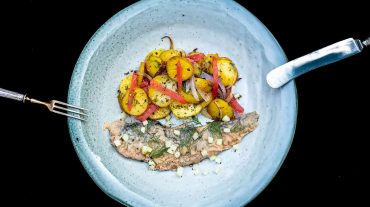
Pickled Fried Herring Recipe
Comments, Cooking Questions and Answers
Below you can write to me directly.
Please don’t forget the star rating on the recipe, 5 stars means you liked it!
